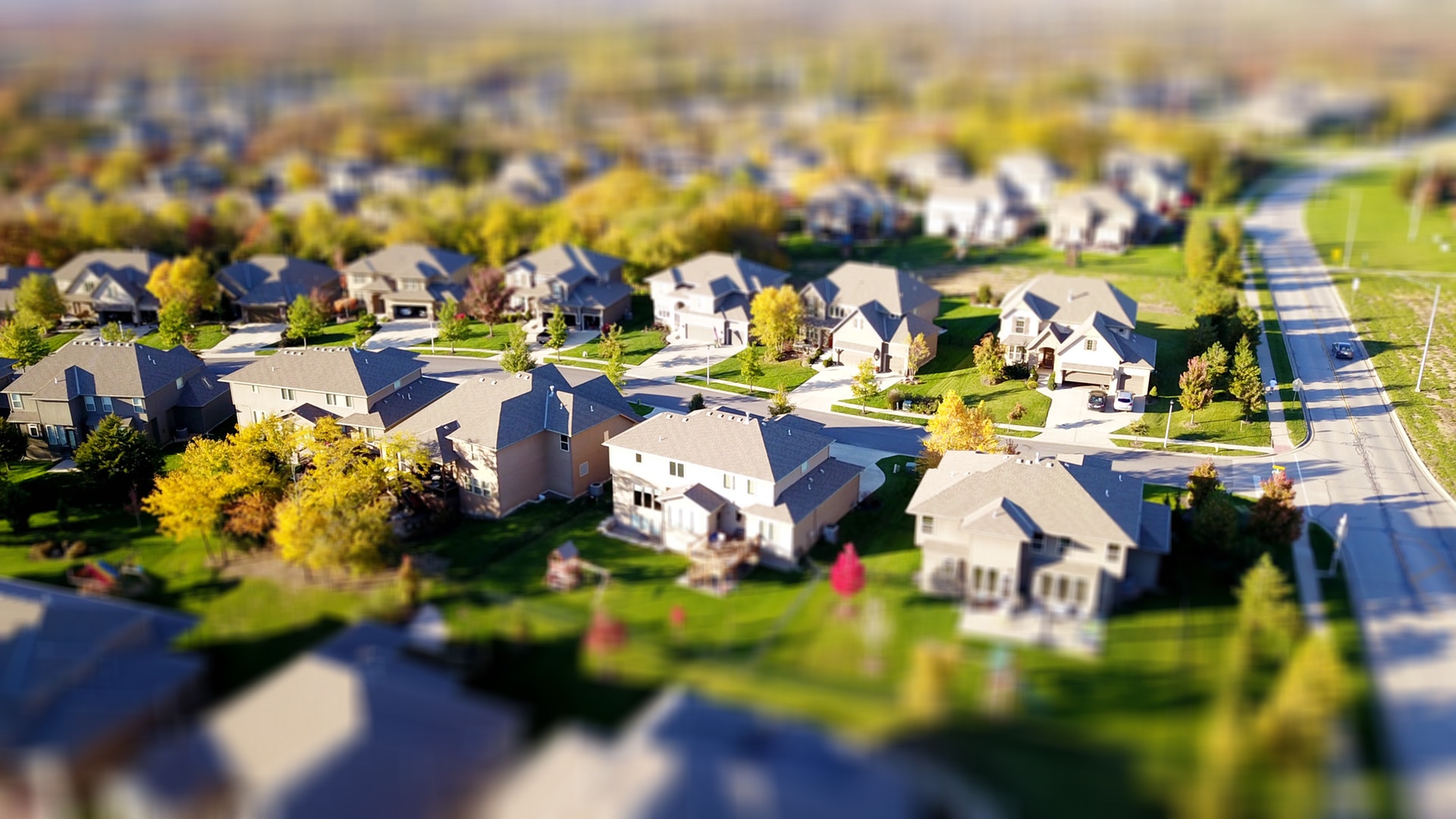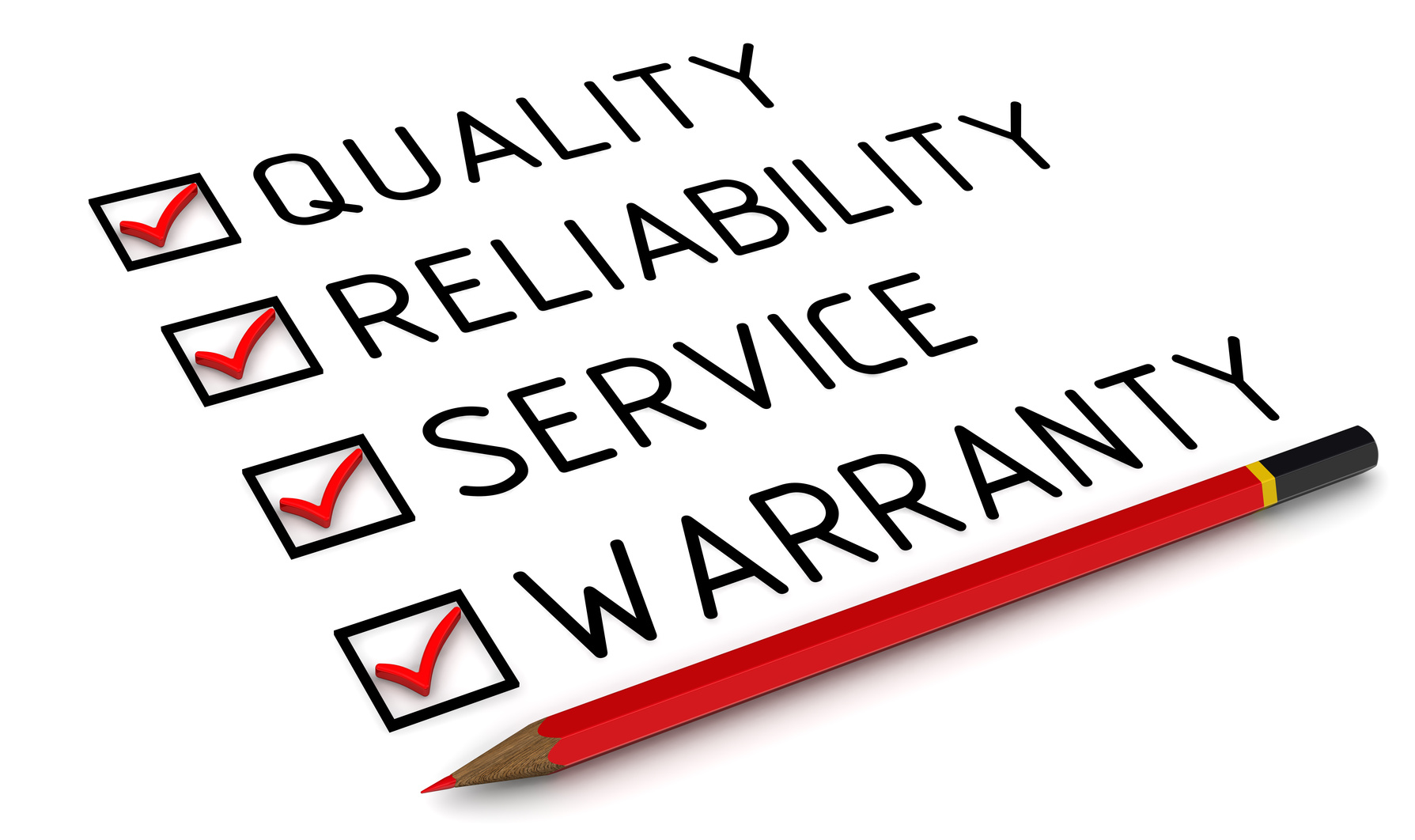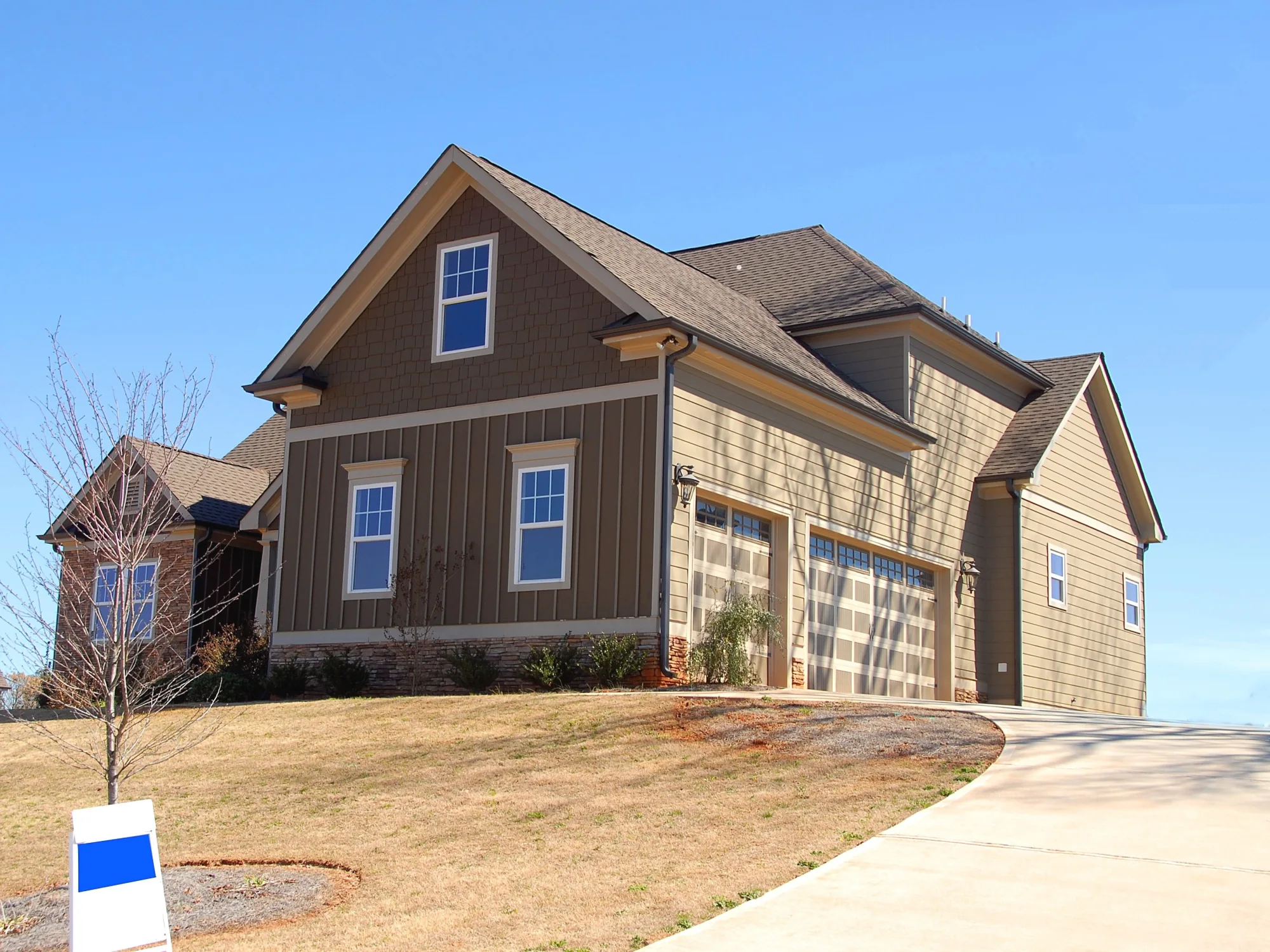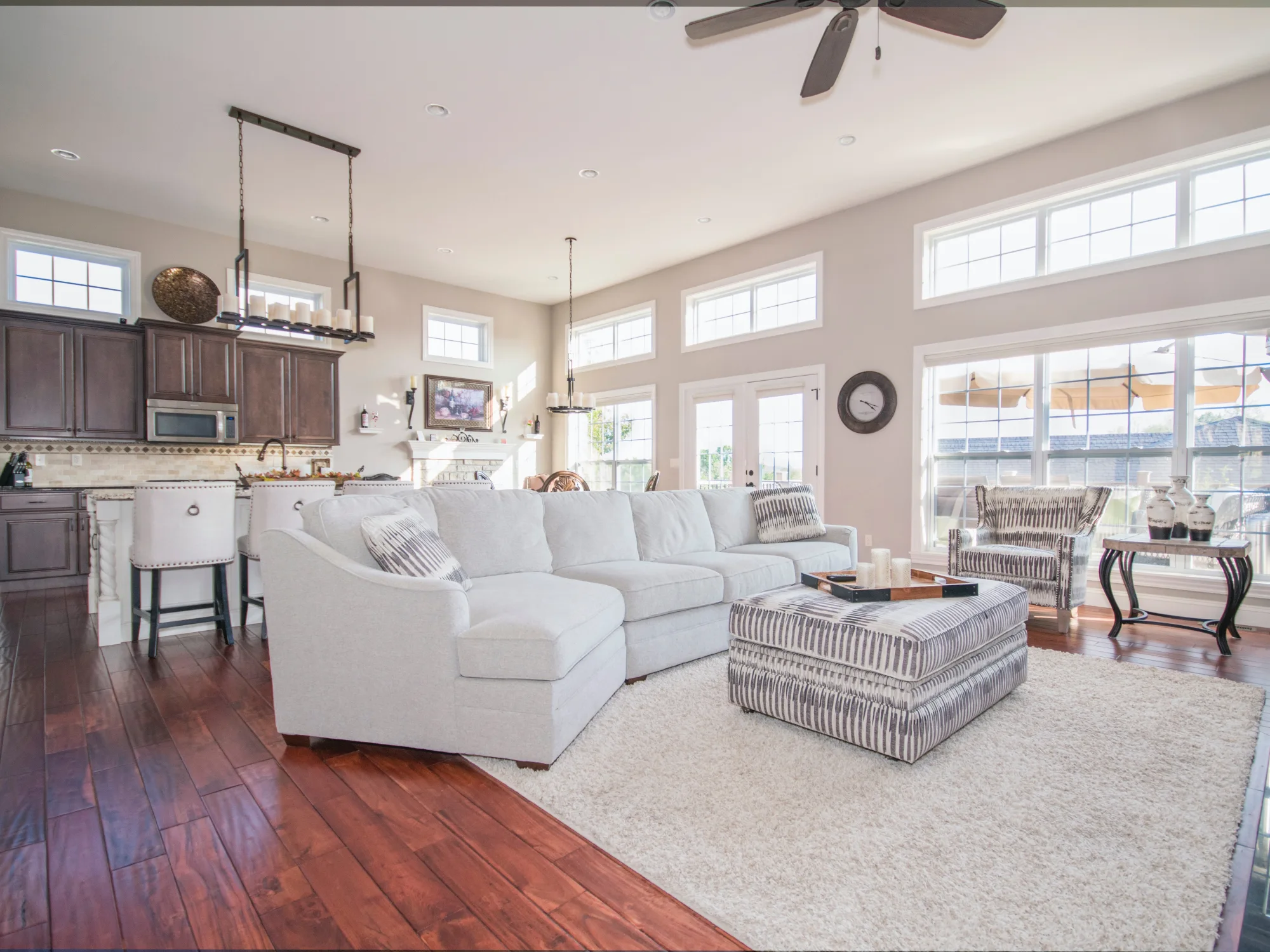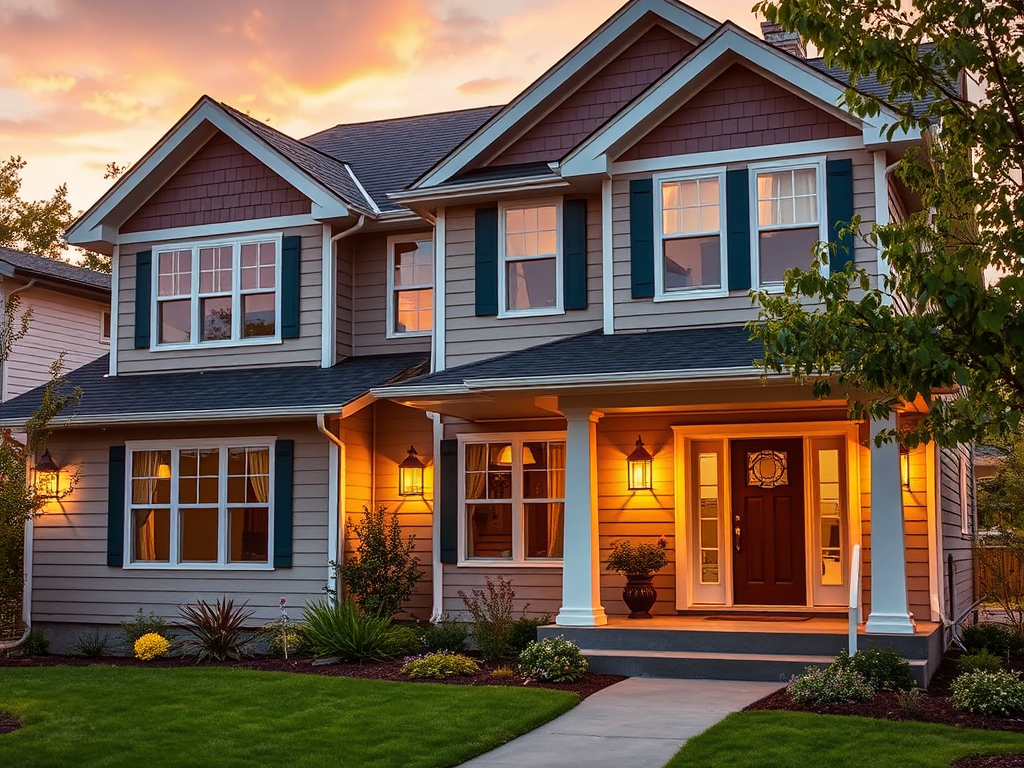It’s that time of year, and the moment that you have been planning for is about to come full circle. You have saved for it. You have planned it. You have envisioned it. Now it is time to improve your home. What home improvements have you decided upon? Are you replacing your windows? Are you replacing your roof? Are you having new vinyl siding installed? Either way, this is an exciting time as you begin to transform the appearance of your home while making it more energy efficient.
In this installment of The Home Improvement Minute, I want to take the time to focus on vinyl siding. Certainly there are a lot of great siding products out there such as the fiber cement board or cedar siding, but for now we are going to focus on vinyl. One of the pros of vinyl siding, let alone from the designs and character that it can add to any home, is that according to the Vinyl Siding Institute this product is available in up to 350 different colors. Now to be honest, that is a lot of color choices, but this gives you many different variables and options when it comes to your home. You can cover your rake and freeze board, if you have one, with custom bent white aluminum, while possibly adding soft maple scallops or shake in your gable ends with vintage cream siding. It’s just an idea.
Another pro when it comes to vinyl siding is the maintenance. Vinyl siding does require some routine maintenance, but that is not a big issue. Basically it is just cleaning your home of dirt and cobwebs, which in my eyes is a lot better than painting your entire home every five to seven years! Picture this, no peeling or flaking, and still having money in your pocket. That sounds like a win-win to me. Vinyl siding does has a tendency to fade though, but the fade factor is minimal. This fading factor is measured on the Hunter Scale which uses Hunter units in Delta E as the measurement. Before deciding on any vinyl siding product read the fine print in the warranty to see what the fade warranty states. More premium vinyl sidings, such as the Mastic Quest line, may offer a better warranty against excessive fading, which is more than Delta E 4 of Hunter Units. By receiving a warranty, such as this, you are virtually being guaranteed that your home will have color stability for the life of the product.
If you are looking to add R-value to your home, look no further. Vinyl siding with an insulated backing board is the product that you have been looking for. Remember, when it comes to the R-Value of a product, which is the resistance of heat transfer, the higher the number equates to more resistance the product has. Fiber cement siding has an R-value of less than one, while your standard insulated vinyl siding panel carries an R-value between two and three. Some insulated panels also have the ability to reflect radiant heat and reduce thermal conductivity to keep your home cool. Insulated vinyl siding can also reduce outside noise up to 45 percent. Aside from the energy efficiency that these panels bring, you are also installing a panel on your home that is more rigid than your ordinary vinyl siding. So just imagine making your home more energy efficient, while eliminating outside noise at the same time!
In some way, shape or form, vinyl siding might not have the best reputation from some homeowners and HOA’s, alike, and that is a shame. The reason for this reputation is not solely based on the product itself, but the installation process and other factors that exist. Let’s look at an old farmhouse, for example. There can potentially be multiple issues on any older home, such as the side walls not be square or settling may have occurred over time. But this is not the installers fault and many time installers will address the issues the best that they can. Sure the installer may be able to float the siding somewhat in an area or build out a window to make it square, but there are certain flaws that cannot be hidden. Is this the products fault? Absolutely not! But it still gets blamed. That being said, there can still be issues with the installation. An example of this is when an installer nails the product too tight. Vinyl siding is meant to be installed loose, not tight like wood siding. If the vinyl product is nailed to tight, room for expansion and contraction is not left. When this occurs it can lead to an oil canning look, which is where the siding looks like it is waving to you as your drive by.
When vinyl siding is installed correctly, it can transform any house into a show home with the curb appeal that we all desire. From an experimental vinyl product in the 1950’s that experienced color issues, to the number one exterior product installed on new home construction today. Vinyl siding has proven itself and is only continuing to gain strength and improve performance. When it comes to your next home improvement, look no further than vinyl siding. Until next time my friends, keep improving!



